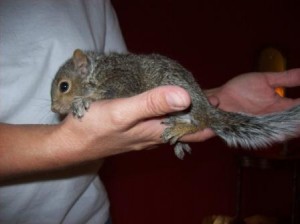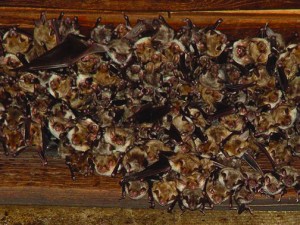BATS: Brought to you by Tri-State Wildlife Management Cincinnati’s Experts in Bat Removal, Exclusion, and Repair
(513) 853-0037
Bats Series Part 2: Disease Tri-State Wildlife Management continues to receive many calls from people in the Tri-State area who are realizing bats are taking up residence in their home or business. This is also the time of year when the technicians at TSWM are able to exclude bats, repair damages, and prevent re-entry on homes and other structures.
Due to the large number of bat encounters this time of year, Tri-State Wildlife Management will be posting a blog series devoted solely to educating the public about bats. The second part in this series provides information on bat diseases and their potential health risk to humans.
Disease The news media is often guilty of sensationalizing stories about rabid bats or bat colonies in buildings and the dangers involved; however, like many native wildlife a very small percentage of bats contract rabies and of that small percentage, an even smaller percentage will come in contact with humans or pets. With that said, it is always wise to practice common sense and use caution around them and avoid direct contact, as well as ensure that your pets are properly vaccinated. Bat bites and other physical contact may go undetected by individuals who are asleep, children and pets.
In addition to the foul smell and unsanitary conditions, accumulated bat droppings can support the growth of histoplasmosis, an airborne fungal disease very common in the Tri-State Area. Dry attic environments usually do not support the growth of histoplasmosis spores, however attic cleanouts should never be conducted by a home or business owner. Due to the risk of exposure, guano removal should be left to trained professionals with the proper safety and removal equipment. For more information concerning bat exposure visit, the Center for Disease Control Website at: www.cdc.gov
Stay tuned for our next installment of the Bat Series – Damage and Damage Identification











